Speech by President Okalik Eegeesiak at the 2013 Nunavut Mining Symposium – Iqaluit, Nunavut
Ullaakkut
Welcome to our visitors, tunngasugitsi Iqalunnut, the beautiful city of Iqaluit.
Before I begin, I would first like to acknowledge the Nunavut Mining Symposium for organizing the 16th annual gathering with 500 delegates attending this year. That is not an easy task to do and certainly reflective of the interest and potential of resource development within our territory.
Thank you to the Session Chairs, Ronnie Suluk and Gustavo Oliveira for asking me to speak to QIA’s perspective and experience to date in “Engaging the communities during a review of a major project.“
I am Okalik Eegeesiak, President of the Qikiqtani Inuit Association (QIA). We are one of three regional organizations representing the Inuit of Nunavut. The QIA represents the Inuit of the Baffin Region, from the High Arctic down to the Belcher Islands – in other words the eastern portion of Nunavut. We are one of, if not the, largest private land owners in the world, ~156,000 square kilometers.
We are responsible for ensuring Inuit rights and interests are respected and that Inuit values are considered at all levels of decision-making. Our mandate is to safeguard, administer and advance the rights and benefits of the Inuit of Baffin Region; and to promote the Inuit language, traditions, Inuit environmental values, as well as Inuit economic, social and cultural well-being.
At QIA, we are responsible for working with developers and governments. The Nunavut Land Claims Agreement has provided us with a variety of tools to apply to this task. I will speak to some of those in a moment.
QIA is developing a vision and policies to manage our responsibilities for future generations. Along with our partners, we are working very hard to find a path forward that will provide Inuit with the benefits that economic development can bring. At the same time ensuring this development is balanced with our cultural and societal values.
While resource development may be inevitable, it must be sustainable and conducted in a way that helps build healthier communities and families. This means that economic development must go hand in hand with social and cultural development and contribute to the well-being of current and future generations.
This cannot be done without the meaningful engagement of the communities at each stage of development, from the early exploration phase right through to the reclamation stage.
In 1993 we concluded a land claims agreement which, as I mentioned earlier, has provided us with an array of political, administrative and legally-binding tools to change the “way of doing business.”
Under the NLCA, QIA has a very specific set of responsibilities in relation to environmental assessment. As do the Institutions of Public Government, the Governments, the Proponent and other Designated Inuit Organizations.
QIA designations mainly involve surface Inuit Owned Land ownership and management. A few examples are:
- Article 19 – Title to Inuit Owned Lands,
- Article 20 – Inuit Water Rights, and;
- Article 21 – Entry and Access.
Both the environmental review and land use planning regimes have at their core the promotion of the well-being of residents and the protection of eco-systemic integrity of our Nunavut Settlement Area.
The old days of Inuit being passive observers to fundamental decisions being made about our homeland are over…no approach to resource exploration development in the Arctic will be successful unless we are full partners, collaborating respectfully and we draw direct and substantial benefits.
In the case of Mary River, QIA has invested an enormous amount of effort and made significant financial investment into ensuring active community engagement in the environmental review.
We created Mary River Project Committees in the 7 communities closest to the mine site. These include Mittimatalik (Pond Inlet), Sanirajaq (Sanirajak), Igloolik, Ikpiarjuk (Arctic Bay), Kangiqtugaapik (Clyde River), Kimmirut and Kinngait (Kinngait).
The purpose of these committees are to ensure the communities affected by the Mary River Project are informed and engaged in the decisions that will need to be made about the Project.
The Mary River Project Committees act as a communication link within communities and between QIA and communities, during the environmental review and regulatory process led by the IPGs.
Membership includes:
- QIA Community Director, or designate Community Land and Resource Committee member
- One representative appointed by the local Hunters and Trappers Organization
- One representative appointed by the Hamlet Council
- Three Members at Large from the community.
They receive, review and provide information to the communities and develop advice and recommendations on behalf of the communities and provide this to QIA.
As a result, we have produced solid submissions at all stages of the environmental review. We have solicited and incorporated Inuit opinions, concerns and information as evidenced by more than170 sets of Minutes from the 7 MRP Committees submitted to NIRB for the July 2012 Final Hearings. We are now preparing for the Nunavut Water Board hearings scheduled to take place in Pond Inlet in the next couple of weeks.
In numbers, this can be described as:
- Community members investing more than 1000 hours reviewing the draft and final environmental impact statements through the NIRB process and preparation to the Nunavut Water Board
- Approx. $590,000 of QIA’s resources allocated to oversee the community involvement
Recognizing this and respecting everyone’s right to self-determination, it is extremely important for Qikiqtani Inuit to understand the technical aspects of any proposed project and all potential environmental and socio-economic impacts. Including the need for all material to be available in Inuktitut.
More than anything else the success of this project will be determined by the will of individual Inuit. The true opportunities of this project will only be realized by those who choose to pursue them. While QIA and Baffinland can offer great support in accessing and realizing the types of benefits that can come from this project, it is individual decisions and a collective will that will ultimately decide the success of this project.
It is fair to expect benefits; however it must also be understood that the greatest benefits will arrive to those who seek them.
Prior to the Mary River project committees, the Regional Inuit Associations created the Community Land and Resource Committees (also known as CLARCs) with a mandate to guide how Inuit Owned Lands are to be developed. These forums continue to exist and are used to solicit input and advice about projects before they occur. We see the added value to Inuit Owned Lands through investment and community input.
As described in the 2009 Memorandum Of Understanding on the Inuit Impact Benefit Agreement, Inuit stand to gain real opportunities and advantages with respect to training, education, employment, business opportunities and a support network to address project related activities and changes. These responsibilities will be clearly spelt out in a Project Certificate, an Inuit Impact and Benefit Agreement, and a Commercial Production Lease.
Inuit will also have the ability to lead work in other aspects of the project such the design and management of community wellness funds, wildlife compensation regimes and the application of Inuit Qaujimajatuqangit. Furthermore, Inuit will occupy positions on key project committees with the ability to continuously adapt the desires of Inuit as the project evolves.
Inuit also stand to benefit financially in ways that will allow Inuit Organizations to direct resources to Inuit needs and interest consistent with the principles of the Nunavut Land Claims Agreement.
Through the project, Inuit also stand to gain knowledge and experience that can be applied in other areas distinct from industrial activities, such as continuously working to improve the lives and lifestyles of Inuit. Here it is extremely important to note that QIA is mandated for, and participates, in many other activities beyond mining.
Knowing there exists significant tools through which Inuit can formalize relationship to a project, it is important to understand this balancing act is not without significant risk to Inuit. In its entirety, this review process has been focused on working to better understand and mature the proponent’s responsibilities with respect to the project they have proposed.
It is important to draw clear distinction that not all the risks associated with the project rest solely with the proponent. Risks to Inuit, and the ability to address them, has been a key theme in many of QIA submissions to the Nunavut Impact Review Board.
Furthermore, there are real and known barriers to the potential success of Inuit through this project. Rather than focusing entirely on reviewing the proposed project, QIA has also focused on developing working relationships for the future with key project partners such as, our subsidiaries Qikiqtaaluk Corporation and Kakivak Association, the Government of Nunavut, and Federal Government departments.
We need the governments to invest in basic infrastructure, investments in education, training and health services so that communities are better positioned to take advantage of these types of developments.
It is important for me to state that QIA’s responsibilities on the Mary River Project have never before been undertaken by QIA. This has been on the job training for us.
I want to point out that advocating for Inuit interests with respect to Mary River Project will not simply end with this review. The closing of this review will represent the starting point in QIA’s journey of the operation of the Mary River Project.
This is the first of potentially many developments; our engagement with Baffinland Iron Mines Corporation is the first in laying the foundation of effective partnerships with industry.
In closing, all parties, including QIA, need to be confident that positions and directions taken respond to and are supported by the communities. At the same time, the communities need up-to-date information and to feel that their views, knowledge and visions for the future are supported and promoted by QIA.
Yesterday, our team travelled to Panniqtuuq (Pangirtung) with members of the Nunavut Impact Review Board, the Nunavut Water Board, the federal department of Aboriginal Affairs and Northern Development to meet with the CLARC, the Hamlet and the HTO to explain the regulatory process as outlined in the NLCA as well, to continue the dialogue with potentially affected members in the case of developing the Peregrine Diamond mine. These efforts gain the support needed to advance any project.
As an Inuit Organization these are the voices that QIA supports and represent. These are the people who will be drawn upon to make the proposed project successful.
These are the voices of those most potentially impacted and we must ensure they are engaged at every stage of development.
QIA sincerely thanks the Nunavut Impact Review Board for all the efforts of the staff and Board throughout the entire review process, starting with the submission of a development proposal in March of 2008.
I would also like to thank each and every intervener; it takes years of concerted effort backed by personal and organizational dedication.
While every project contains risks, QIA feels that Baffinland has progressively improved their understanding of project risks and have modified their responsibilities accordingly.
QIA acknowledges the efforts of Baffinland and their team in consistently working towards issue resolution. We commit to Baffinland to continue to approach challenges from a point of mutual interest and partnership.
And most importantly, I would like to acknowledge the efforts of all of QIA’s Mary River Project Committees members in the communities of Pond Inlet, Igloolik, Arctic Bay, Clyde River, Sanirajak, Kinngait and Kimmirut.
These members have worked tirelessly and have provided an invaluable link for all of us into the perspectives of each potentially impacted community. After all, the collection and dissemination information to monitor in order to maximize benefits and minimize/eliminate negative impacts over a period of time benefits everyone doing business.
Nakurmiik






